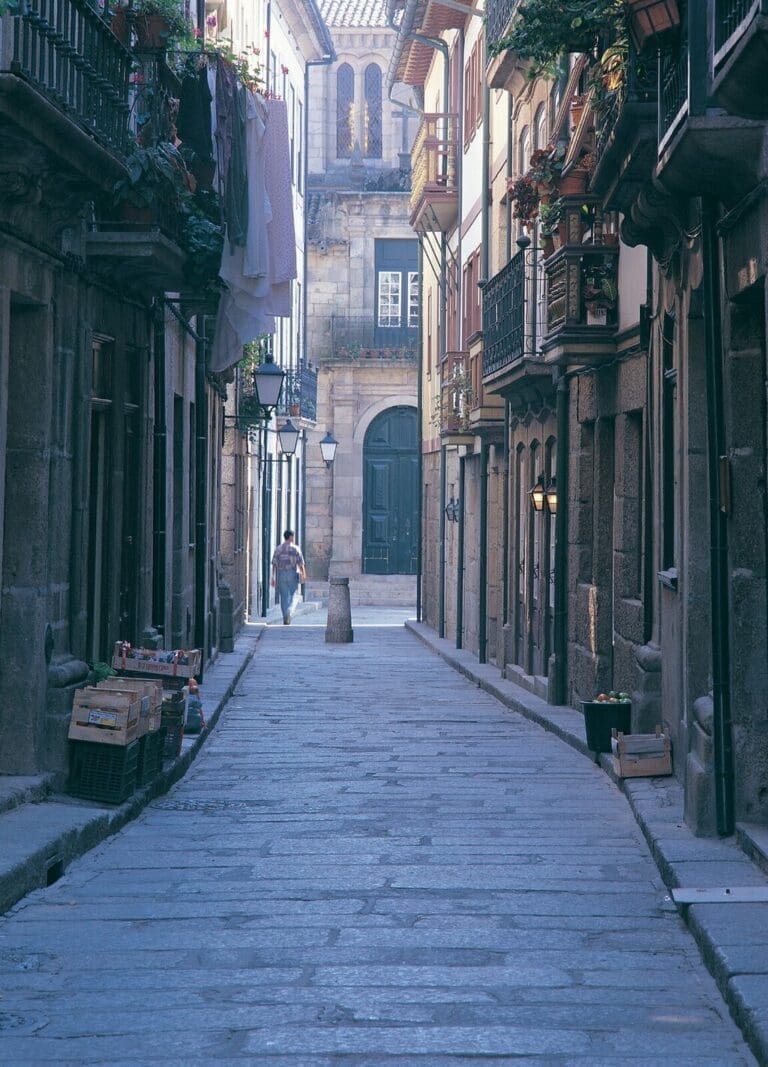Guimarães has a collection of high heritage value, with camellias that are unique in Europe for their species, rarity and size, so a free visit to the following places is recommended: Casa do Costeado; Vila Flor Palace; Largo Martins Sarmento (Largo do Carmo); Flavio Nurseries; Quinta de Margaride and the Walls of the Monastery of Santa Marinha.
Camellias: origins and history
Camellias are native to the Far East, and most species are from China. The designation of the genus Camellia was the result of a tribute by Linnaeus to the great botanist Josef Kamel, who in botanical nomenclature allowed the binary combination formed by the name of the genus to include his name followed by a specific epithet, the origin ( Camellia japonica L.). In Europe, camellias are practically known, exploited and used as ornamental plants (flowers and foliage). However, Camellia sinensis is known as a tea plant or chazeiro, whose production is mainly focused on the leaves, which once prepared are used in infusion and its exploitation in Europe is only carried out on the island of S. Miguel in the Azores. The exact date of arrival of the first live ornamental camellias in Europe is unknown, although there is some well-referenced evidence. From the beginning of the 16th century, there is news of Portuguese contact with Southeast Asia, specifically by Alfonso de Albuquerque and in 1543 the Portuguese were the first Europeans to arrive in Japan, remaining as traders and missionaries for several years (1638). However, it was not until the 19th century that camellias became widely known in Europe.
The brochure is available for consultation and download here.

 Guimarães, Northern Portugal
Guimarães, Northern Portugal







 Download
Download 




